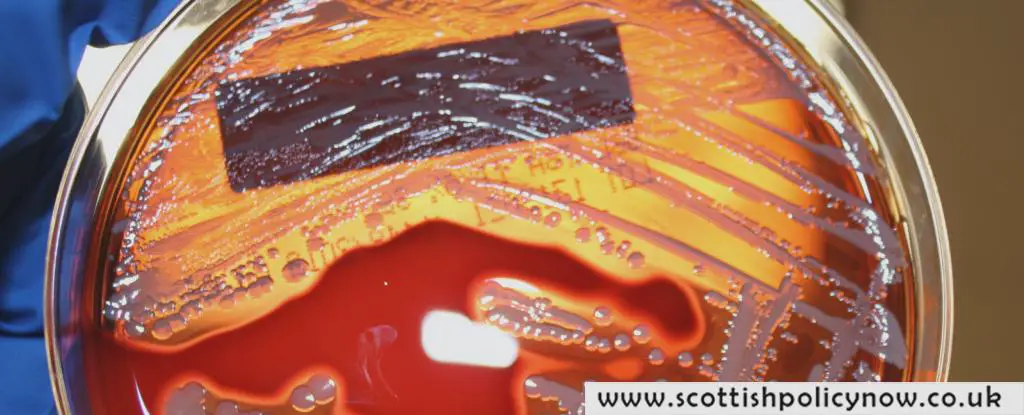Scientists have created a promising new vaccine that targets a drug-resistant superbug, focusing on molecules found on its surface that also occur in other bacteria and fungi.
In tests with mice, the vaccine demonstrated high levels of protection against Staphylococcus aureus, a bacterium that can cause skin and blood infections, and its resistant relative, methicillin-resistant Staphylococcus aureus (MRSA).
Developing bacterial vaccines is a challenging task, with many failed attempts. S. aureus, in particular, is a tricky target due to its various methods of evading the immune system and its complex cell surface. Despite these challenges, a successful vaccine could help tackle the global problem of antibiotic resistance.

S. aureus and MRSA are among the World Health Organization’s priority pathogens because they frequently cause infections in hospitals and other healthcare settings. Despite ongoing efforts to combat antibiotic resistance through better antibiotic stewardship and the development of new antibiotics, the problem persists.
“We’re worried that if things continue at this rate, in 20 or 30 years, many of our antibiotics will no longer work,” says Michigan State University chemist Xuefei Huang, who led the team behind the new vaccine. “That would take us back to the pre-antibiotic era.”
A vaccine that could prevent infections from the start would reduce the need for antibiotics, thereby decreasing the risk of resistance development. “A vaccine helps break the cycle,” Huang notes.
The researchers focused on a carbohydrate called Poly-β-(1–6)-N-acetylglucosamine (PNAG), a molecule found on the cell walls of many bacteria, including S. aureus, which helps them evade the immune system.
However, carbohydrates like PNAG don’t typically trigger strong immune responses in humans. To boost the vaccine’s effectiveness, the researchers used a modified bacteriophage, a virus that infects specific bacteria, to carry PNAG structures and strengthen the immune response.
In mice, the vaccine provided nearly complete protection against S. aureus, including MRSA. It outperformed another PNAG-based vaccine in human trials, triggering higher levels of protective antibodies. These antibody levels remained elevated a year after vaccination and could be boosted to peak levels after nearly two years, indicating lasting protection.
While the results are promising, further research is needed to determine if this vaccine works in larger animals or humans, is safe, and what dosages are required. There’s a long road ahead before this vaccine can be considered for human use.
The research was published in Nature Communications.







